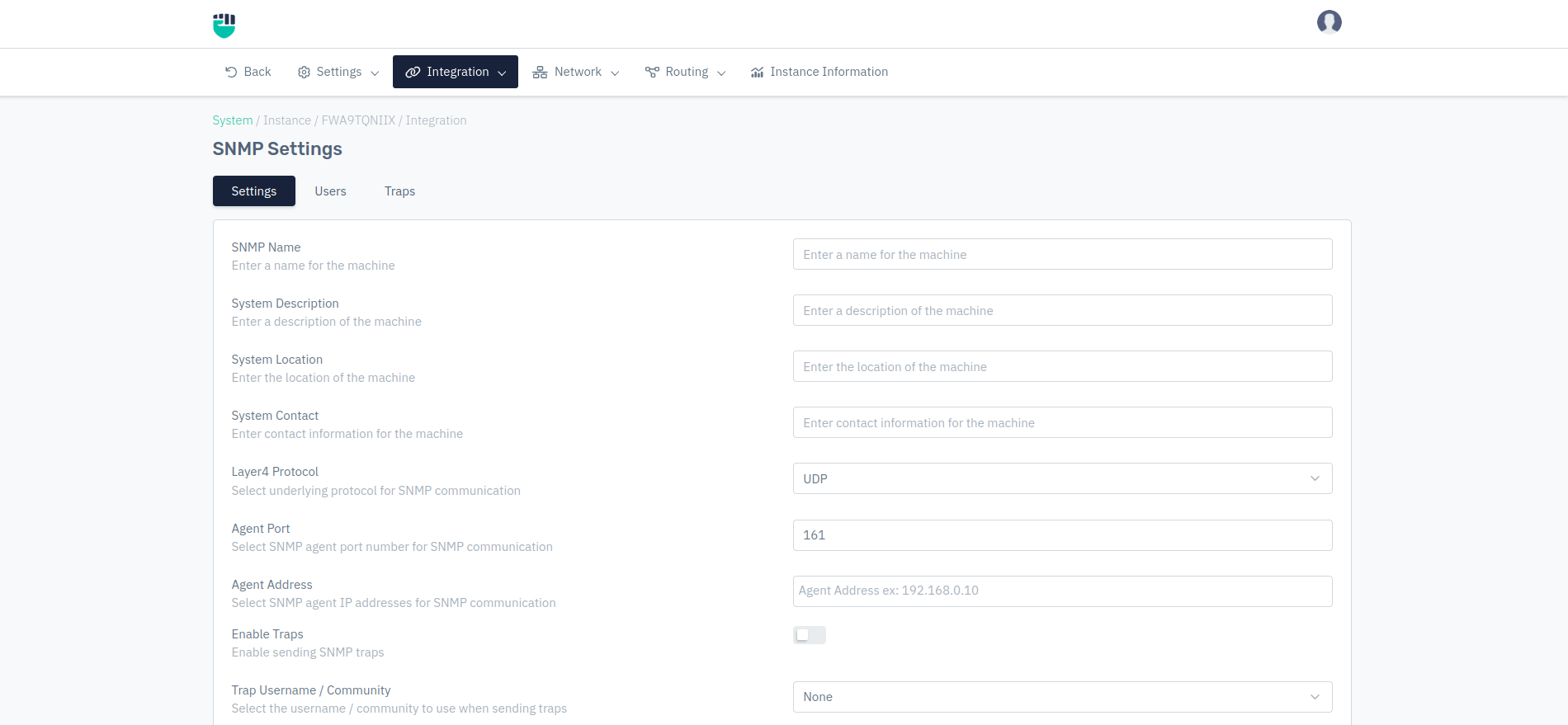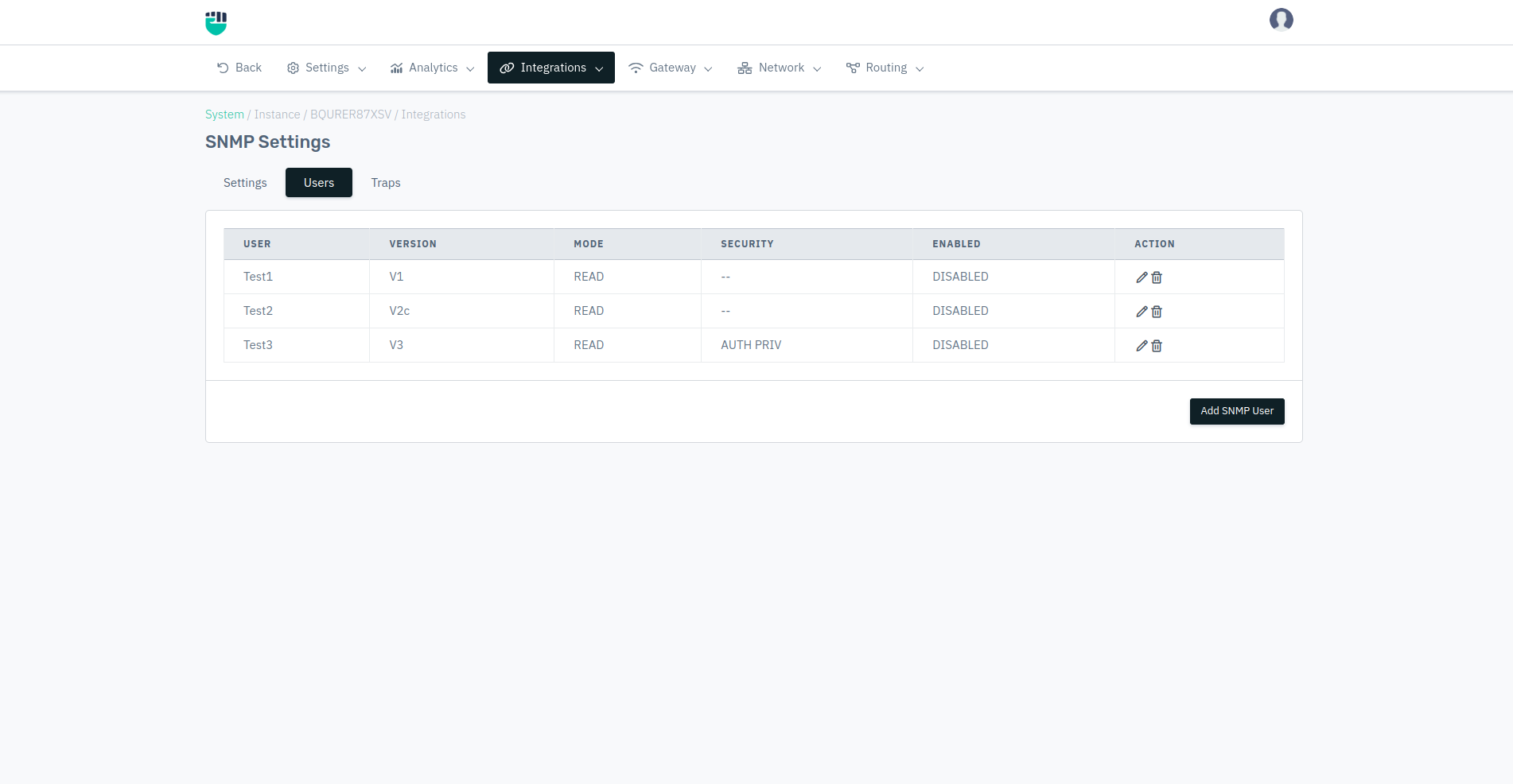SNMP
Overview
Simple Network Management Protocol (SNMP) is an application–layer protocol defined by the Internet Architecture Board (IAB) in RFC1157 for exchanging management information between network devices. It is a part of Transmission Control Protocol⁄Internet Protocol (TCP⁄IP) protocol suite.
How SNMP works
SNMP on haltdos devices communicate with a network management system to relay status information and configuration changes. The NMS provides a single interface from which administrators can issue batch commands and receive automatic alerts.
SNMP relies on the concept of an MIB to organize how information about device metrics gets exchanged. The MIB is a formal description of a network device's components and status information.
SNMP uses a blend of pull and push communications between network devices and the network management system. Haltdos devices that communicate through SNMP respond to it by delivering protocol data units, commonly known as SNMP GET requests. All of these communications are recorded, and network monitoring software uses them to obtain SNMP data. Network admins can track the data value they specify using these queries.
SNMP Support

Select Users to configure versions.

How to Use:
- Go to Stack > Infrastructure > Instance > (Select Instance) > Setting > SNMP
- Configure your settings.
- Click on Save changes.
Description
SNMP Name
User can specify the SNMP client name.
Accepted values: String
Default: Blank
System Description
User can describe about the SNMP Machine
Accepted values: String
Default: Blank
System Location
User can enter the location of the Machine.
Accepted values: String
Default: Blank
System Contact
User can specify contact information for the machine
Accepted values: String
Default: Blank
Layer4 Protocol
Users can select underlying protocol for SNMP Communication
Accepted values: UDP
Default: UDP
Agent Port
User can select SNMP agent port number for SNMP communication
Accepted values: Integer
Default: Blank
Agent Address
User select SNMP agent IP addresses for SNMP communication
Accepted values: IP
Default: Blank
Enable Traps
Users can enable or disable SNMP traps
Accepted values: Enable / Disable
Default: Disable
Trap Username / Community
User can select the username / community to use when sending traps
Accepted values: None
Default: None
Manager Address
Users can enter SNMP monitor IP address.
Accepted values: IP
Default: None
Manager Port
Users can enter SNMP monitor port address.
Accepted values: Integer
Default: 162
SNMP Users
In the SNMP user section the version can be assigned with the respective users these versions are as follows
Versions:
- SNMPv1: The original version, basic security.
- SNMPv2c: Improved performance and additional features, still with basic security.
- SNMPv3: Introduces strong security features, including authentication and encryption.